History of Bartending
Shuckkk...Shuckkk... The sound of ice sloshing back and forth between two tin cups seems like a tale as old as time. But the truth is, modern bartending as we know it, is a relatively recent creation. For most of human existence, we merely drank wine, beer, or flavorless distilled spirits. Drinking was a means to an end versus an art and craftsmanship that we see today. In fact, the first cocktail book wasn't written until 1862 by Jerry Thomas.
While cocktails certainly existed prior, no one had take the effort to write down these fabled recipes. Ironically Prohibition, which was supposed to cease alcohol consumption, actually revived the dormant cocktail industry. Stuck with cheap and generally distasteful alcohol, bartenders had no choice but to work their magic and create something special.
When Did Bartending Begin?
Prior to the mid 1860's, bartenders were generally seen as a low class profession generally tended to by women. Historically innkeepers and innkeepers wives would serve whatever local alcohol they could get their hands on. The craft of making cocktails had generally not taken off. However, early bartenders would often make sours or punches. For example, mixing drinks with some sort of juice or heavy amounts of sugar to mask the taste.
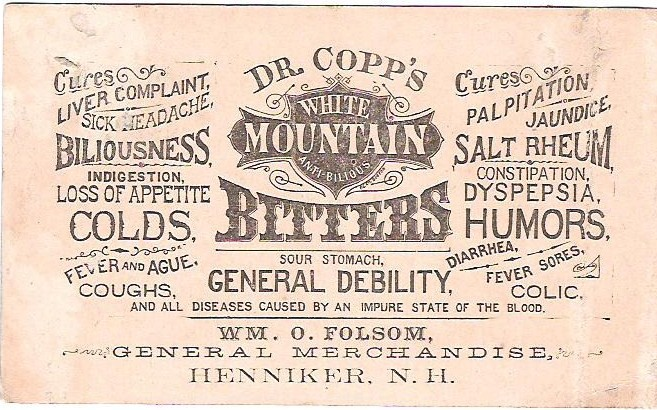
As people like Jerry Thomas, America's "first" bartender, turned the craft into more of an entertainment experience, then bartending became more of a sought after profession and something that you could turn into a career. In fact at the height of Jerry Thomas' career, he was making more per week than the Vice President.
What Did Bartenders Used to be Called?
Prior to becoming known as bartenders, they were often referred to as barmaids or barkeep. Barmaids because the craft was generally relegated to women. In fact, during the 1920s over half of the bartenders in London were woman. Ada Coleman, perhaps the most famous bartender from the early years, arose during 1920s London. Ada worked at the prestigious Savoy Hotel as is credited with crafting the "Hanky Panky" cocktail. (Gin, Vermouth, and Fernet Branca). The bar as we know it, began to evolve.
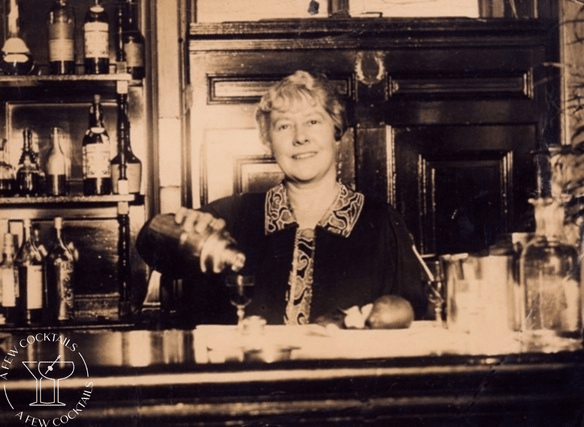
Who Were America's First Bartenders?
Jerry Thomas, The Father of Mixology
Jerry Thomas came from humble beginnings and learned the craft of bartending in New Haven, Connecticut before setting off on the Gold Rush in California. Facing the bitter truth and failing to strike gold, Thomas headed back to the East Coast where his bartending career would take off. Jerry Thomas as his career progressed took on an almost mythical lore similar to a Davy Crockett or Geronimo. He became the most sought after bartender by the most prestigious hotels across the country and even made a stop in London, where he brought the craft of American cocktails across the pond.
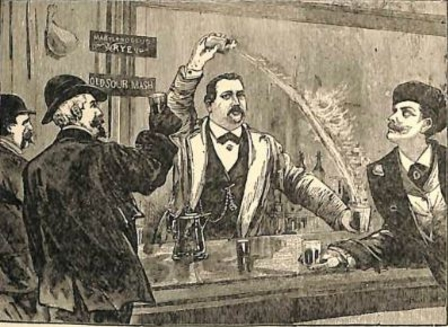
But how did Jerry Thomas become the Father of Mixology? Thomas had an illustrious career that began in New Haven and slowly made his way across many of the great American cities. He spent time in St.Louis, New Orleans, Charleston, Chicago and worked/led many different bars. We are in no doubt that he picked up many lessons and different drinks recipes from each of these separate towns. When he started his career, cocktail making in the United States largely consisted of punches or distilled alcohol mixed with a bit of sugar. Jerry Thomas was one of the first to experiment with bitters.
If you would like to learn more about Jerry Thomas, check out our article Jerry Thomas Bartenders Guide. We dive deeper into his life story and history.
Harry Johnson
Harry Johnson was actually a pupil turned rival of Jerry Thomas. Harry watched as Thomas perfected his craft in San Francisco and decided to pursue bartending as well. Harry went across the country challenging local bartenders and would continually win contests. New Orleans, the home of cocktail crafting, put up their best five bartenders and Harry beat them all.
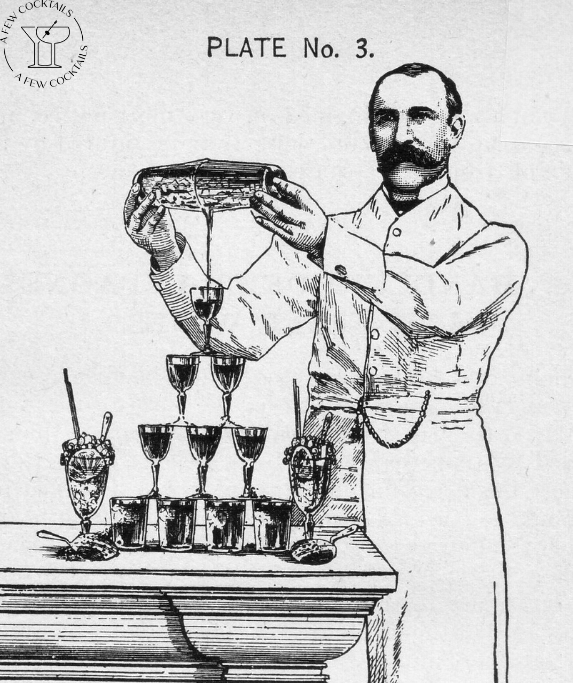
Harry and Jerry's rivalry would only become more bitter as time went. After Johnson's first bar was burned to the ground during the great Chicago fire, Johnson moved to New York and purchased Thomas' old bar. According to the apocryphal story, Thomas went to Johnson's bar and ordered a large punch bowl of Tom and Jerry and then threw it across the floor. Claiming that the Tom and Jerry should only be made in cooler temperatures.
Harry would later claim that his bartenders manual was created before Jerry's...however there is no evidence to back that up.
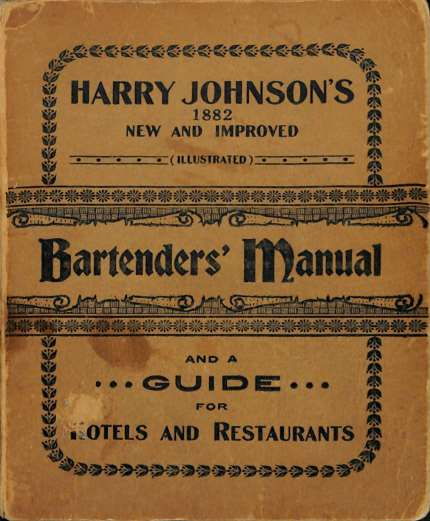
Theodore Proulx
A famous bartender from the guilded age that you've probably never heard of...but should have. In fact Theodore is credited with the first creation of the Old Fashioned. The Old Fashioned is an immensely popular drink served at almost any bar. And yet, he gets no credit.
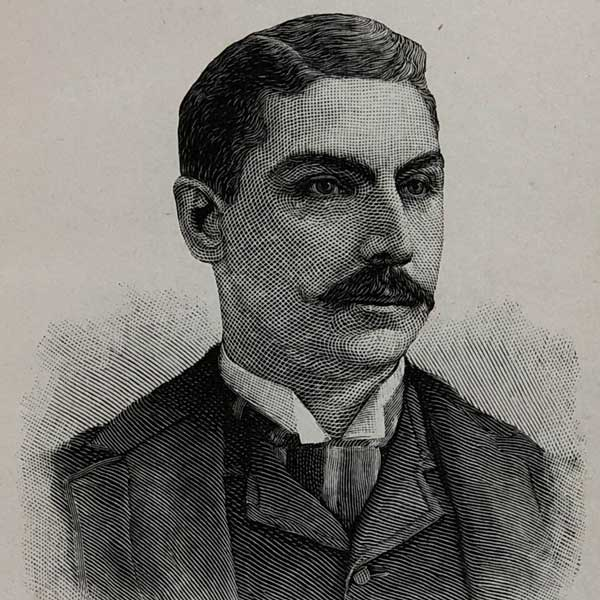
Theodore also has one of the first mentions of the Martini is his obscure cocktail book, The Bartenders Manual. The common idea behind his lowly status in the bartending community is that he chose to forgo what he considered a less glamorous path in pursuit of his legal career. Either way, we are thankful for his contributions to the cocktail scene.
Early Cocktail Books
We taken the liberty of compiling links to the famous cocktail books of the early era of bartending.
The Bartender's Manual by Theodore Proulx
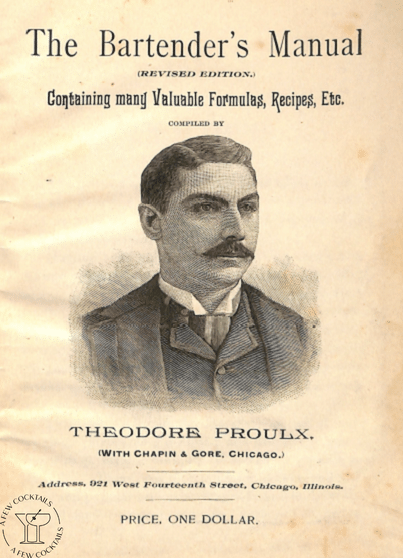
The Bartender's Guide by Jerry Thomas
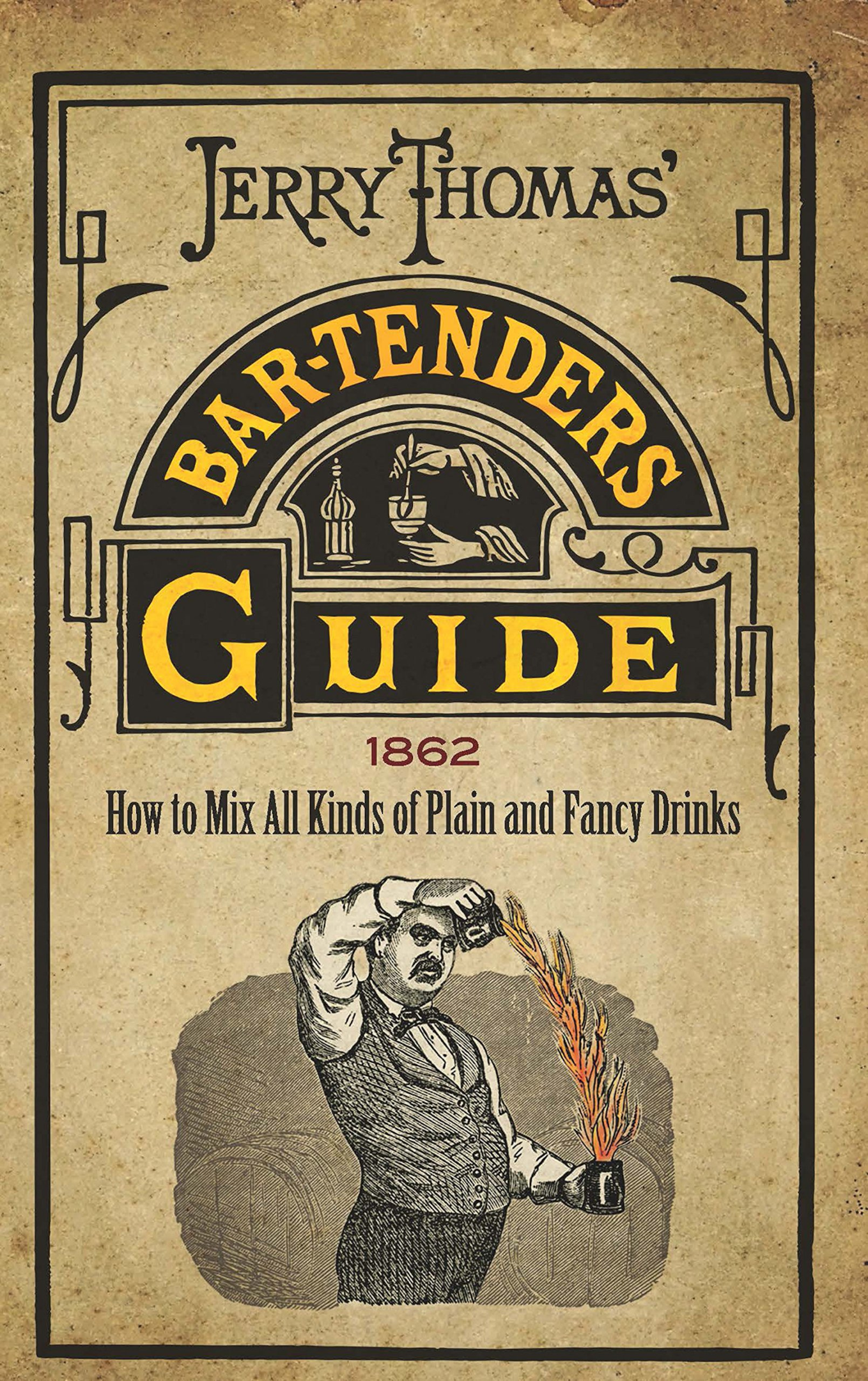
The Bartender's Manual by Harry Johnson
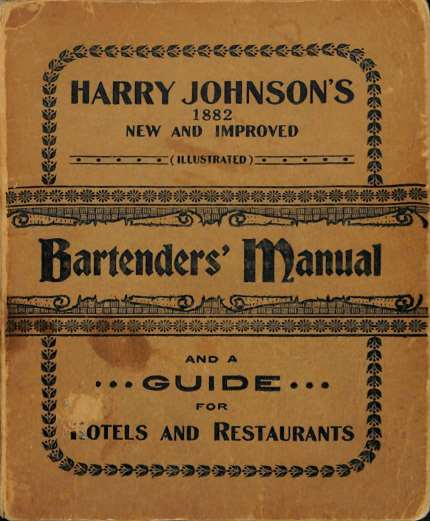
Bartending During Prohibition
The Prohibition era began in 1920 when the US government decided to amend the constitution and forbid the creation, importation and sale of alcohol across the United States. It's hard to imagine a place known for freedom to strip the rights away for someone to enjoy a drink. Prohibition was in fact a reaction to the excessive drinking of the day. Prior to prohibition the average man was drinking 7.1 gallons of booze a year. Nowadays the average consumption per man is just 2 gallons of booze a year. America was drunk and drunk all the time. Women wanted their men to cool it on the drinking and for good reason.
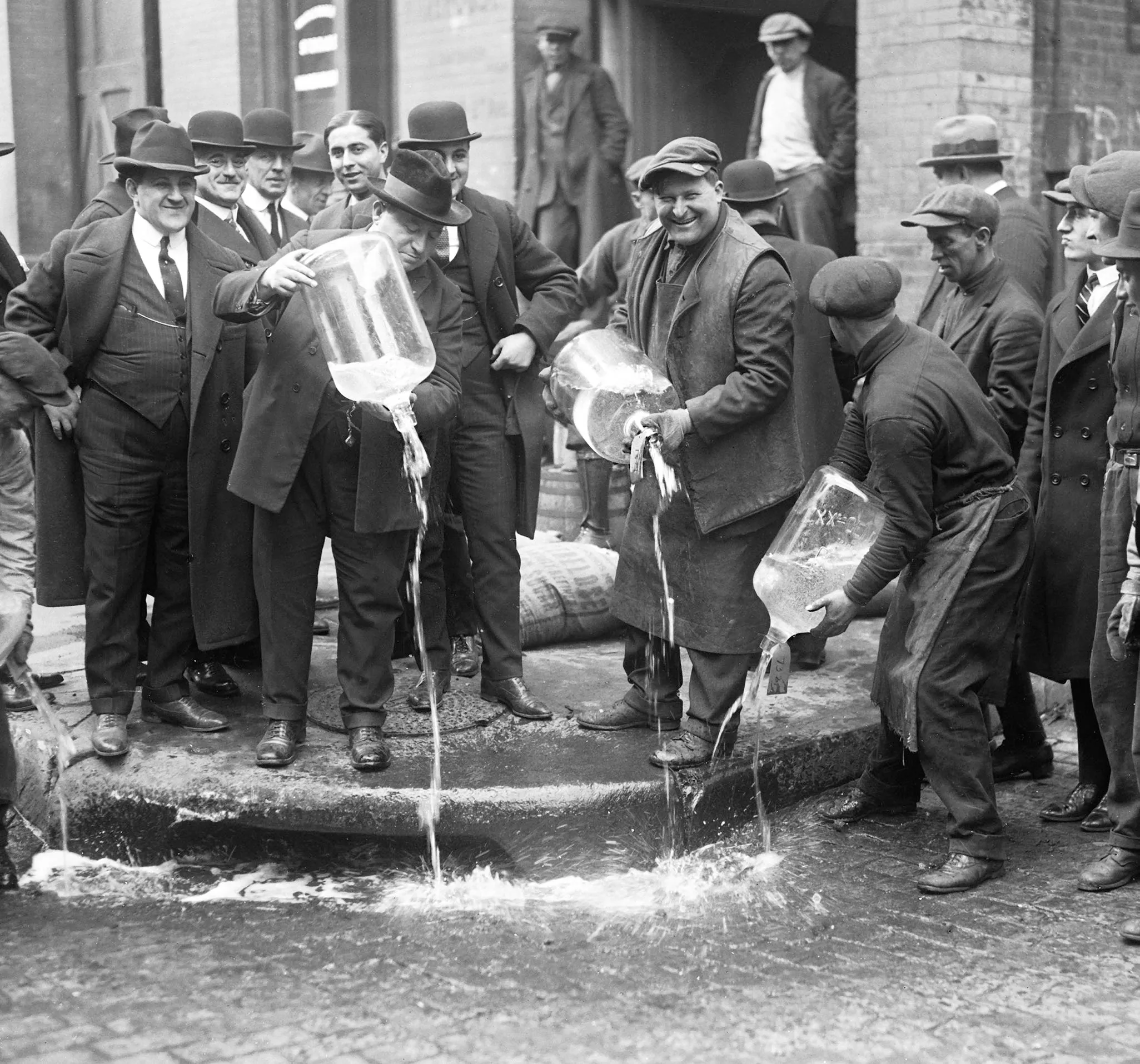
Prohibition in a strange way was actually the beginning of the cocktail bar as we know it. Driven underground and forced to use alcohols that no longer had the flavor and craft of the prior generation...modern cocktail mixing was born and the bar as we know it was created.
The Speakeasy
The speakeasy was the home of the underground bar. No longer able to actively advertise selling liquor many bars were forced to improvise and hide themselves often in plain sight. The term originated in Britain where a "speak softly shop" meant that the establishment was selling bootleg whisky or other spirits. The term then slowly graduated to the United States and Speak Easy were known as saloons that sold without a liquor license.
Famous establishments like the 21Club, which sadly is now closed, began during Prohibition and were able to maintain their business selling liquor for many years after the end.
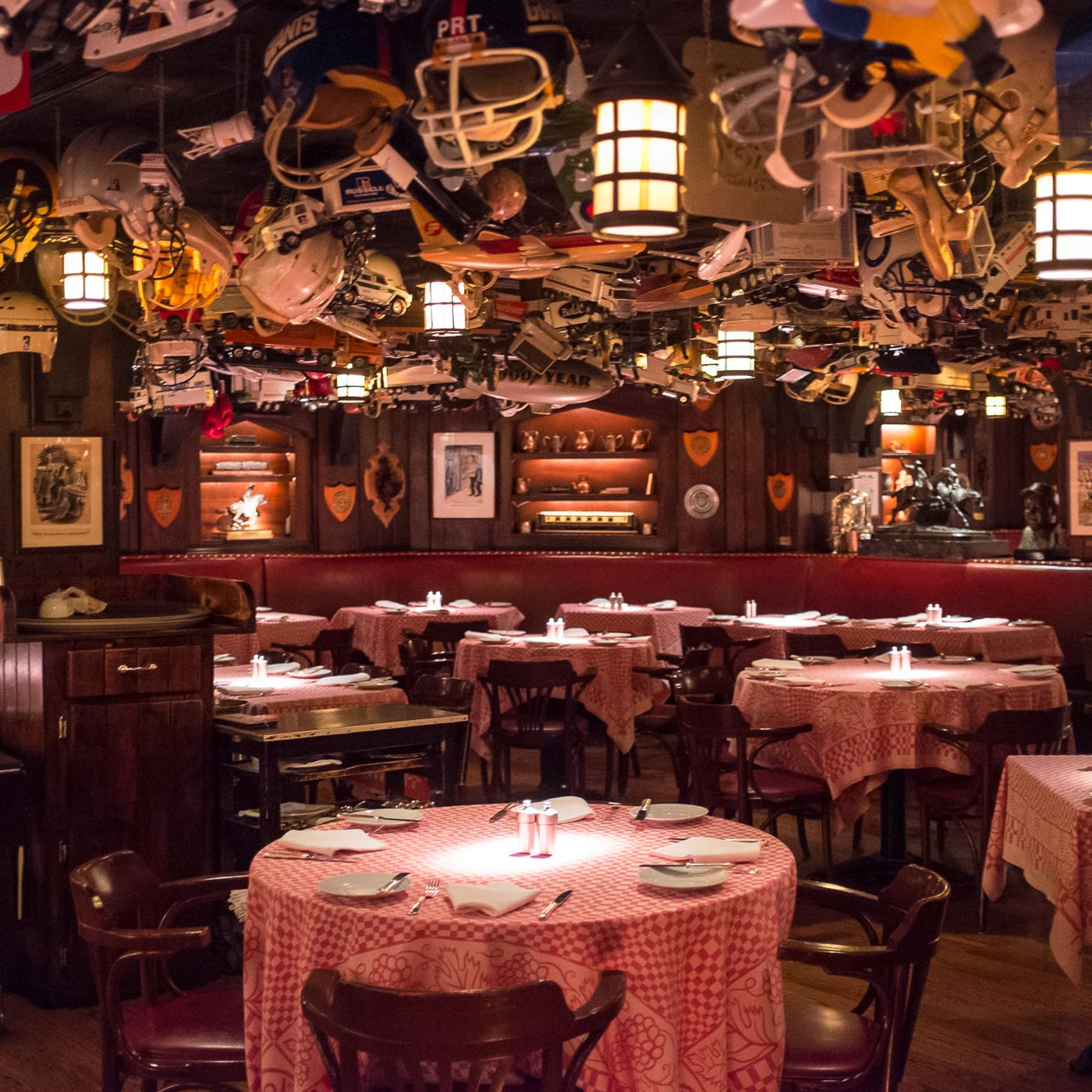
Speakeasies often required a password or code to get by security or any type of law enforcement. They would often hide clubs underneath barber shops or behind industrial equipment. Then the secret lever would open up and you would find yourself in a completely illegal but bumping club.
The Rise of the mafia
The speakeasy and the eighteenth amendment banning the sale of drinks actually led to the rise of the American mafia. Prior to Prohibition, they were generally relegated to gambling or import tax evasion. Now they had explicit reason to exist. Bring booze across state and international lines into the country and speakeasies across the major cities. Famous mobsters like Lucky Luciano and Al Capone made their enormous fortunes selling booze from California to New York City. These men lived like a king with multiple empires and partners across the country and world.
Modern Speakeasies
Many bars and clubs in the modern era have taken note of the speakeasy vibe and have replicated the secrecy.
For example, La Descarga in Los Angeles in a speakeasy in a old school Havana style where you have to enter behind old clothing hidden in a closet.
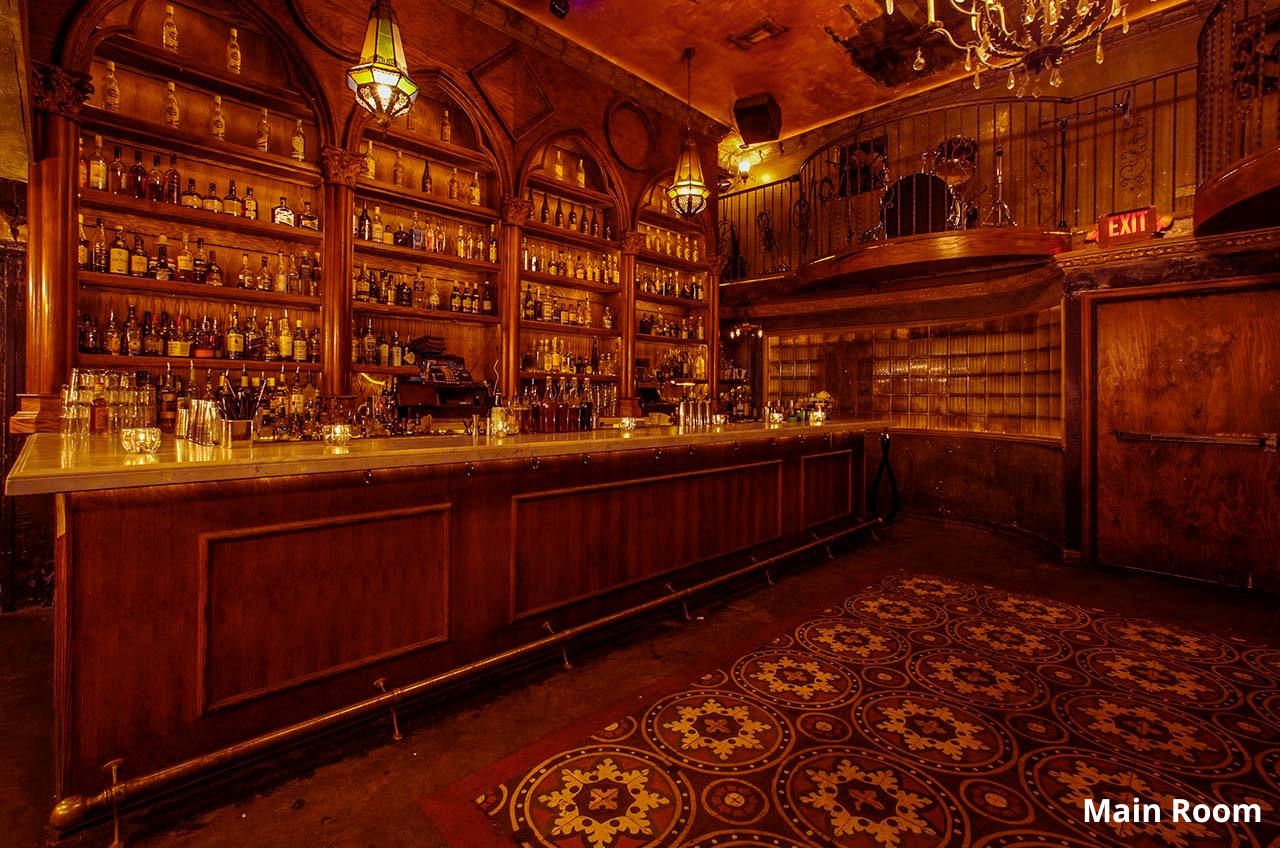
Decline of Bartending
Following the suspension of the eighteenth amendment and release of legal booze back into the market, the cocktail era unfortunately took a dip. People drank less and the Great Depression severely limited the ability of people to buy a drink. Cocktails started to be limited to the rich and famous. The celebrities in Los Angeles took a certain liking to the recipes of the old days. But the general population would no longer mix their drinks. Individualism was crushed similar to the food industry. The industry needed a renaissance and it wasn't until the late 90's that we saw the true re-emergence of the cocktail bar.
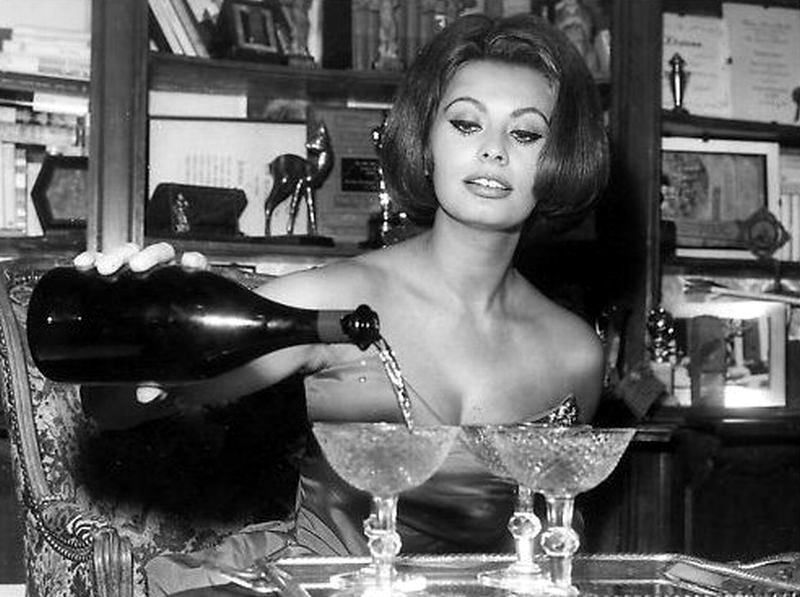
Re-emergence of the Cocktail Bar
Following the lull in sophistication that dominated the late 60's and 70's, new bars began to emerge that were dedicated to craft of a fine drink. Starting in the late 90's and early 2000's many cocktail bars across the country began to lament 1920s and the spirit that went along with drinking. The wanted to recreate that style of a classic American era gone by. These bars would hire a mixologist who knew the right ingredients. The bartender started to reclaim their status as entertainers and rebuilt the culture in a modern way. The bar began to reclaim its past glory. The time for terrible drinks was over. The cocktail era was ready to restart around the world. Now the search is on for the best bartender.
Is Colin Field at Bar Hemingway the best bartender? Or will it be you?
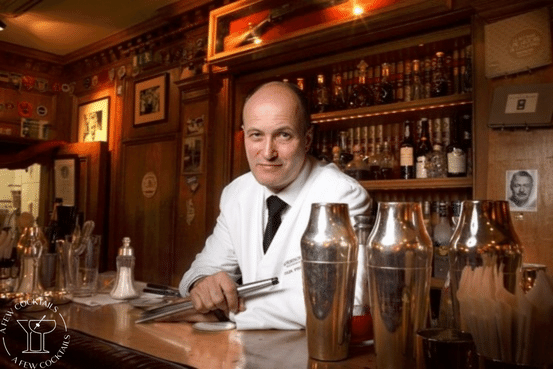
Interested in Other Cocktail History?
Why do we use the coupe cocktail glass? Or who the hell invented the martini? We know Theodore invented the Old Fashioned...right? Find out more below or check the hyperlinks around the site.













Leave a comment